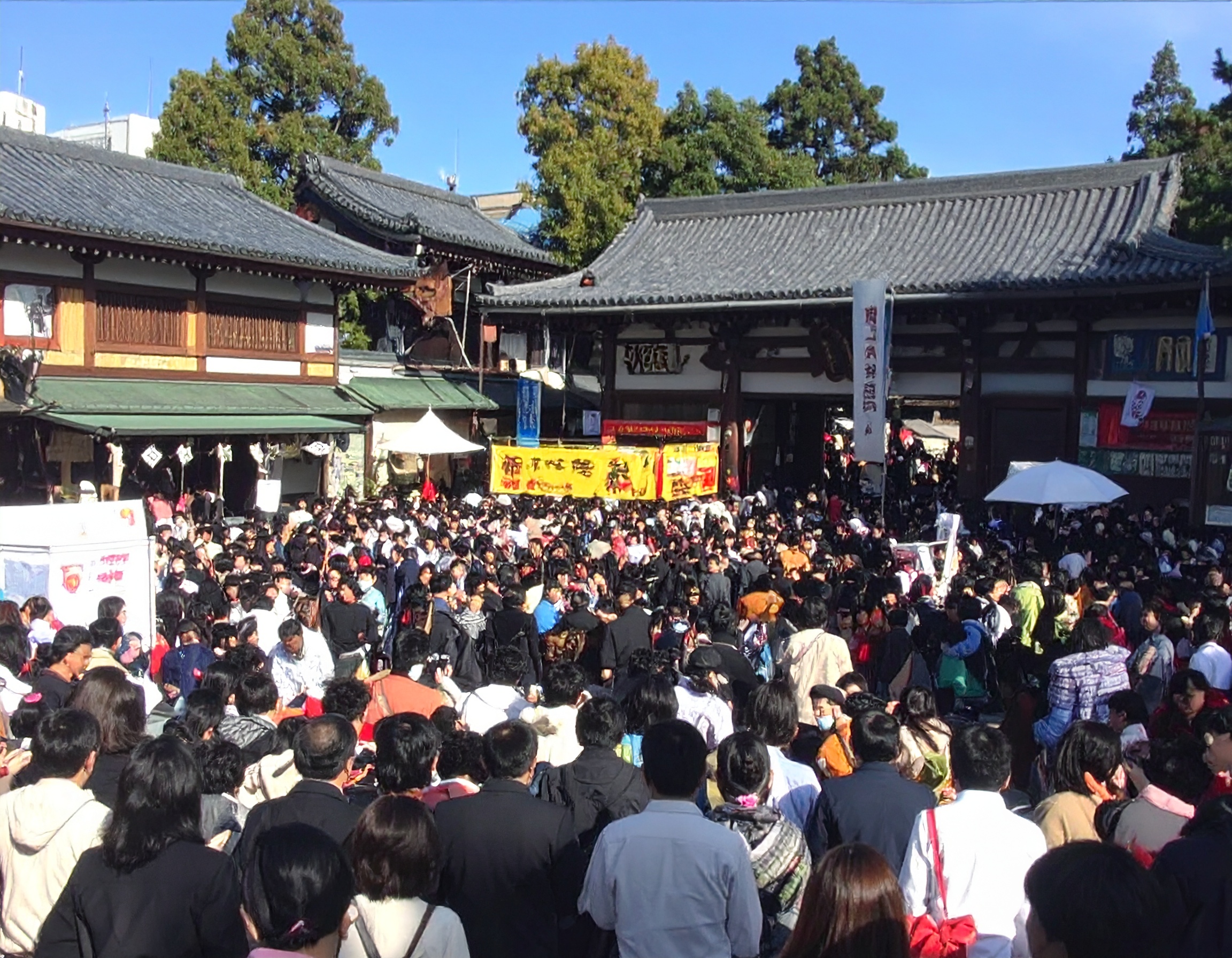Ibaraki Prefecture is home to several destinations that beautifully showcase Japan’s seasonal transitions. Among them, Fukuroda Falls in the Oku-Kuji region and Kairakuen Garden in Mito City stand out as places where visitors can experience both the grandeur of nature and the elegance of traditional culture. Each destination changes dramatically with the seasons, offering new impressions depending on the time of year.
Fukuroda Falls is considered one of Japan’s “Three Great Waterfalls.” With a height of 120 meters and a width of 73 meters, its scale is truly breathtaking. Its most striking feature is the way the water cascades down the rock face in four distinct tiers, earning it the poetic nickname “The Waterfall of Four Seasons.” In spring, the falls are surrounded by fresh greenery; in summer, they offer a refreshing escape; in autumn, they are framed by vibrant foliage; and in winter, they freeze into a majestic column of ice known as a “hyōbaku.”
A tunnel has been built to lead visitors directly to the front of the falls, where observation decks offer close-up views. The roaring sound and powerful gusts created by the water cannot be fully captured in photographs—they must be felt in person. The fall foliage season and the frozen winter spectacle from January to February are especially popular times to visit. Arriving early in the morning or on a weekday is recommended for a quieter, more intimate experience.
About an hour and a half south by car from Fukuroda Falls lies Kairakuen, one of Japan’s Three Great Gardens, along with Kenrokuen in Kanazawa and Korakuen in Okayama. Unlike the other two, Kairakuen was created with a unique vision: it was designed during the Edo period by a lord of the Mito domain with the philosophy of “enjoying together with the people.” This spirit of hospitality is reflected in its name, which translates to “a garden to enjoy together.”

Kairakuen is especially renowned for its plum blossoms, making it a must-visit destination in early spring. Around 3,000 plum trees representing nearly 100 varieties burst into bloom across the garden. From mid-February to March, the annual Plum Blossom Festival draws visitors who stroll through the fragrant paths with cameras in hand, captivated by the soft hues and seasonal charm. In addition to plums, the garden transforms throughout the year with cherry blossoms, azaleas, bush clovers, and autumn foliage, offering a continuous display of seasonal beauty.
Within the garden stands the distinguished wooden structure Kobuntei, once used by the Mito lords for relaxation and by poets and scholars for gatherings. This two-story building offers panoramic views of the surrounding gardens and was designed to harmonize with the natural setting. Sitting on tatami mats and quietly gazing out over the landscape provides a moment of deep serenity—one that feels worlds apart from the everyday.
Together, Fukuroda Falls and Kairakuen offer a journey that delights the senses and nourishes the spirit. The raw power of nature and the refined artistry of human craftsmanship come together in harmony, each enhancing the other. This blend of natural force and cultivated elegance offers a profound experience of Japan’s seasonal beauty, reminding visitors of the country’s deep connection with the rhythms of nature.




